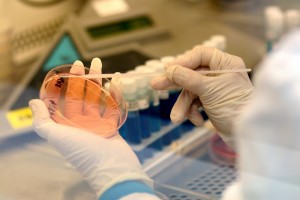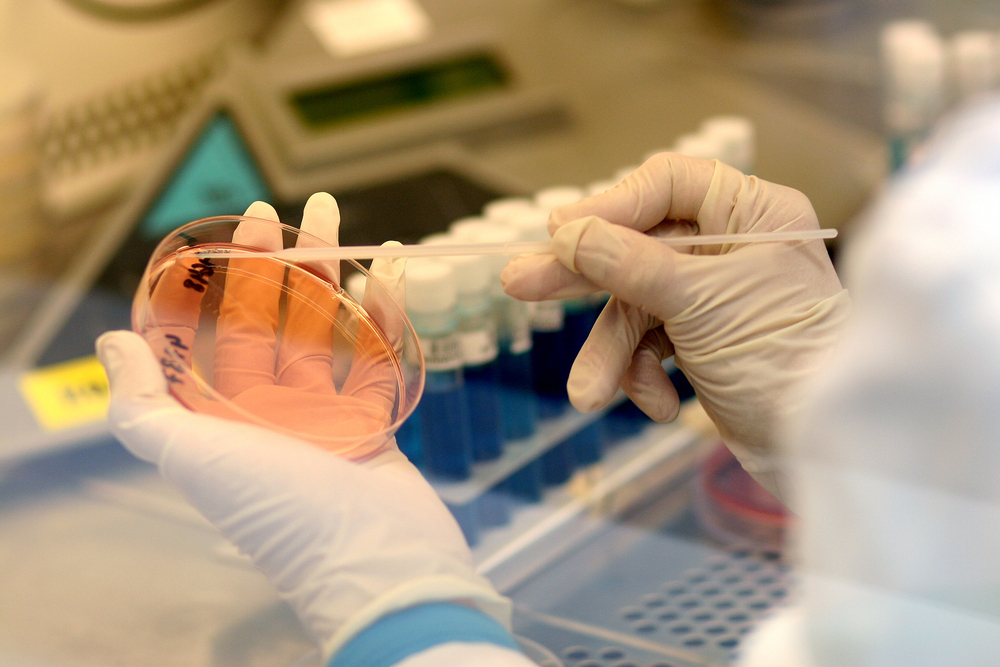 In a recent study, titled “Conserved sequence-specific lincRNA–steroid receptor interactions drive transcriptional repression and direct cell fate”, and published in Nature Communications, a team of researchers from Emory Health Sciences Center, led by Eric Ortlund, PhD, has investigated how Gas5 RNA, a long intergenic non-coding RNA (lincRNA) that has a major role in prostate and breast cancer, interacts with steroid hormone receptors.
In a recent study, titled “Conserved sequence-specific lincRNA–steroid receptor interactions drive transcriptional repression and direct cell fate”, and published in Nature Communications, a team of researchers from Emory Health Sciences Center, led by Eric Ortlund, PhD, has investigated how Gas5 RNA, a long intergenic non-coding RNA (lincRNA) that has a major role in prostate and breast cancer, interacts with steroid hormone receptors.
This type of RNA represents the most poorly understood product of transcription, and it originates from what scientists call “junk DNA”. However, recent studies have demonstrated that lincRNAs can fulfil important cellular functions.
The Gas5 gene functions as a brake on steroid hormone receptors, transforming it into an important player in malignancies such as hormone-sensitive breast cancer.
Unlike the majority of genes, Gas5 does not encode a protein, it gets transcribed into RNA that accumulates in the cells which are exposed to stress and binds itself to steroid hormone receptors, preventing these receptors from binding DNA and regulate genes on and off.
In their study, scientists investigated the molecular requirements for the recognition of steroid receptors by Gas5, identifying the functional Gas5-SR interface and generating mutations that blocked the steroid receptors–Gas5 lincRNA interactions, altering Gas5-driven apoptosis in cancer cell lines.
[adrotate group=”3″]
“There are thousands of long non-coding RNAs that play critical roles in gene regulation, and little data to tell us how they are functioning or where they came from,” said study author Will Hudson in a news release. “We took a deep dive into looking at the interaction of the Gas5 RNA with steroid hormone receptors, and we think this work may serve as a model to understand how lincRNAs interact with other proteins.
The research team found that Gas5 RNA can imitate the DNA binding sites that steroid hormones (such as cortisol, progesterone or testosterone) bind to control gene activity, and therefore compete with the steroid receptor proteins within the cell.
“We demonstrated that a slight alteration in Gas5’s sequence disrupts its ability to control the growth of cancer cells,” explained Dr. Ortlund. “This is important, because whether the specific sequence of lincRNAs is critical for their function has been an open question.”

